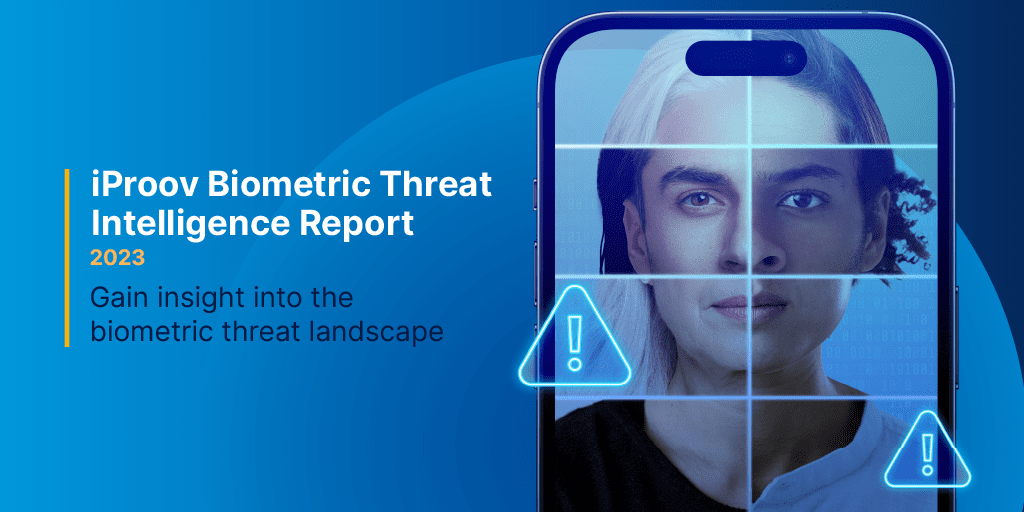iProov Biometric Threat Intelligence Report
The explosion of the digital online ecosystem has raised the bar for more advanced verification technologies that deliver a higher level of identity assurance. In response, many organizations have adopted biometric face verification. The technology is quickly becoming recognized as a secure and convenient way to verify user identity at onboarding and re-authenticate returning users. It has enabled security-conscious organizations like banks and governments to heavily mitigate the security and usability issues of passwords and one-time authentication. However, like all types of technology, not all are created equal.
As face verification gains traction and becomes more prevalent, threat actors are developing evermore sophisticated ways to circumvent these systems to commit fraud.
Uncovering the anatomy of biometric attacks is vital to understanding risk and ensuring adaptive and resilient security is employed in accordance to the activity carried out. It is also essential in the development of evidence-based regulations and standards.
In the first of its kind, the iProov Biometric Threat Intelligence Report illuminates the key attack patterns witnessed throughout 2022.
In the report, you’ll find three new trends that arose in 2022:
- A sharp rise in attacks launched against mobile web, native iOS and Android shows that threat actors are advancing attacks across platforms.
- The emergence and growth of novel face swap attacks indicate that low-skilled criminals have access to the resources to launch advanced attacks.
- Automated, motion-based attacks launched simultaneously across geographical clusters.
iProov is the only biometric face verification provider positioned to analyze real-world intelligence to map out the threat landscape.
